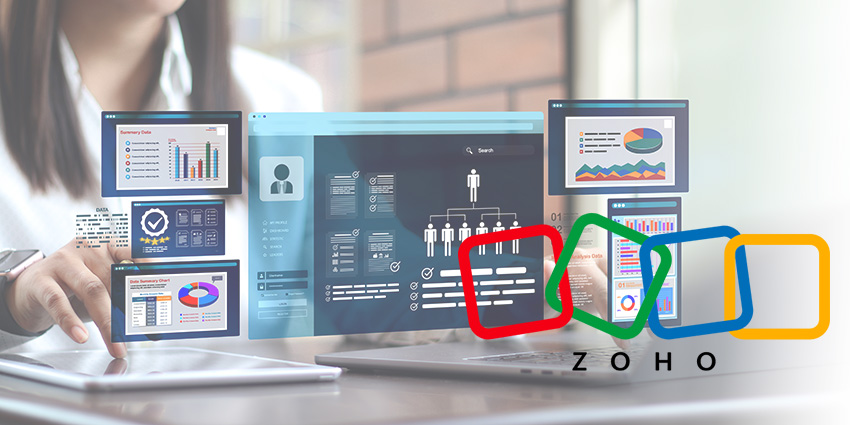TFL have announced their decision to detach from agentic AI in customer experience and instead focus on building meaningful customer relationships.
At the Call and Contact Centre Expo 2025, the primary focus of many sessions was centered around AI, trends, and how to join the never-ending CX competition.
Fola Olafare, Senior Contact Center Delivery Manager at Transport for London, highlighted TFL’s approach to differentiate from the mainstream AI-focused contact space toward a more customer-centric one.
The event, ‘Mind The Gap: How TFL’s CX Strategy is Transforming Customer Experience’, emphasized how organizations can still function in the modern day meaningfully without turning straight to AI for results.
Olafare highlighted what he sees as the current CX trend issue:
“You’ll just see AI laced everywhere – it’s getting to the point of bringing AI for the sake of bringing AI.”
Less AI, More Human
However, with customer loyalty being a valuable currency in the CX space, the customer-centric trend has allowed TFL to thrive, having simplified their customer service approach drastically in the last decade.
By focusing less on AI integration, customer service can continue the traditional approach to drive meaningful human experiences to each individual customer.
He highlighted TFL’s current “Core ethos about listening to our customers and demonstrating that we care.”
Previously, TFL saw frequent barriers between company and customer.
“From a customer point of view it wasn’t great, we had 15 different phone numbers and 35 different emails.
“Maybe 1o, 12 years ago we didn’t have that influence.”
Today, customer’s transportation experiences are leaps and bounds ahead.
He said, “From a contact center point of view, we’ve come a long way representationally,”
“We have a really nuanced support for our visitors – allowing us to provide a dedicated care service for all our customers,
“Telephone is a great starting ground for us – now we have one phone number for customers.”
Customer’s can go to customer support to receive advice on travel planning, how to handle complaints, and discuss transportation issues within their area.
This has also included showing support for customers after negative or traumatizing transportation experiences.
“The aftercare support to the victims of life changing incidents that happen on our networks – providing them that support for a good duration.”
This approach has shown in its results, with 2024 seeing 30 million daily journeys, 9,000 buses, and over 1,400 e bikes around the city, whilst also managing 25% of London’s roads, improving overall transportation for residents and visitors.
In fact, this has prompted the London mayor to set a goal to see more people using public transport, hoping that “by 2041, 80% of customer journeys are being taken by customer transport.”
Automation is Still Key
Despite the focus on human experiences, automation continues to play a role in TFL’s customer experience, utilizing that tool through analyzing real customer experiences to provide its customer’s with a system they actually need.
He said, “We do some much from an automation point of view – we have a lot of strong algorithms working in the background to work out different anomalies.
“We’ve now ensured that intention is available for customers from a journey point of view by enhancing them with our alternative journey messages.”
And whilst TFL does implement automation in the organization, it recognizes that setbacks will occur with this tool.
“For every automated journey we have, we acknowledge it may not work as well.”
However, in return, “You can have really great conversations for resolving that issue in a really caring way.”
Despite this approach, TFL are conscious about keeping up with customer demands and circumstances.
“We also want to make sure we’re adapting to customer circumstances, to have a really good strong set of customer values – we want to be open and transparent about what we’re doing.
“From a TFL point of view, what excited me is there is so much opportunity to make a lot of people’s lives better in an integrated way.”







